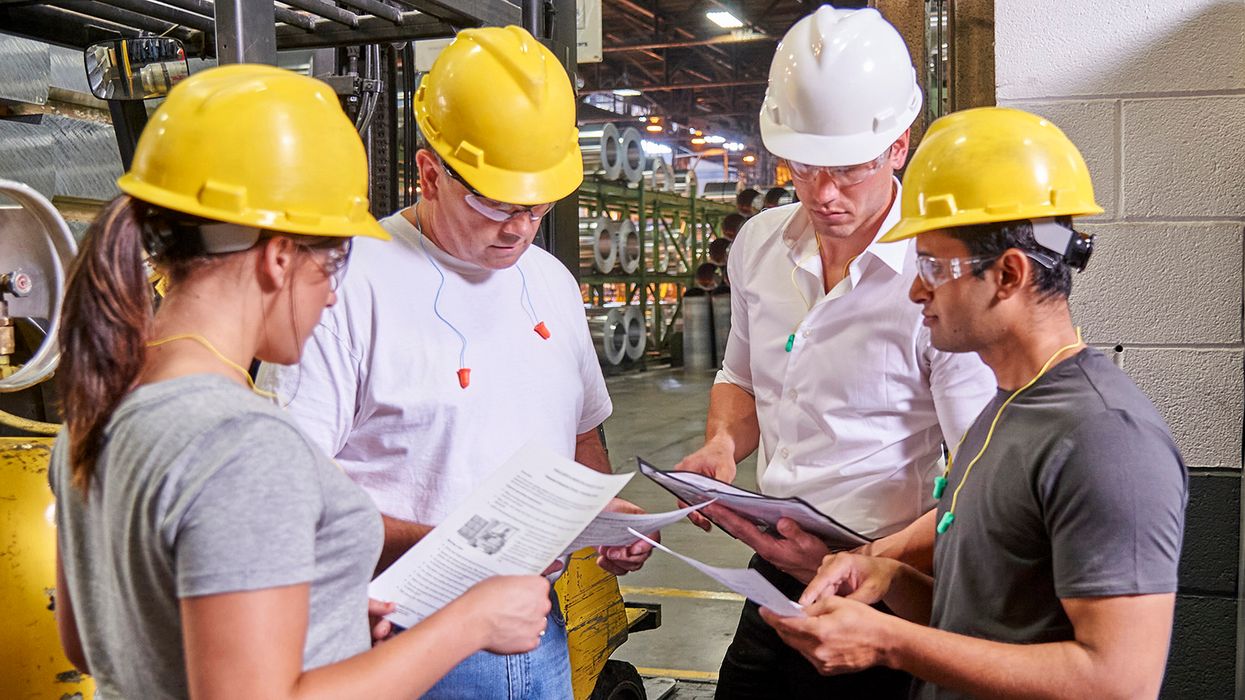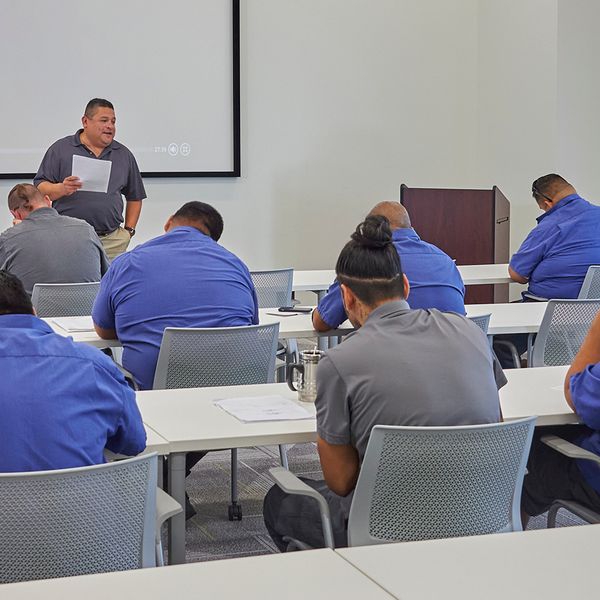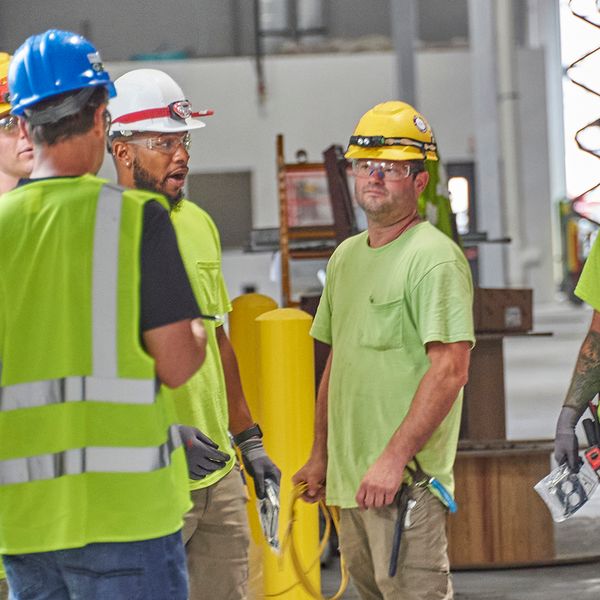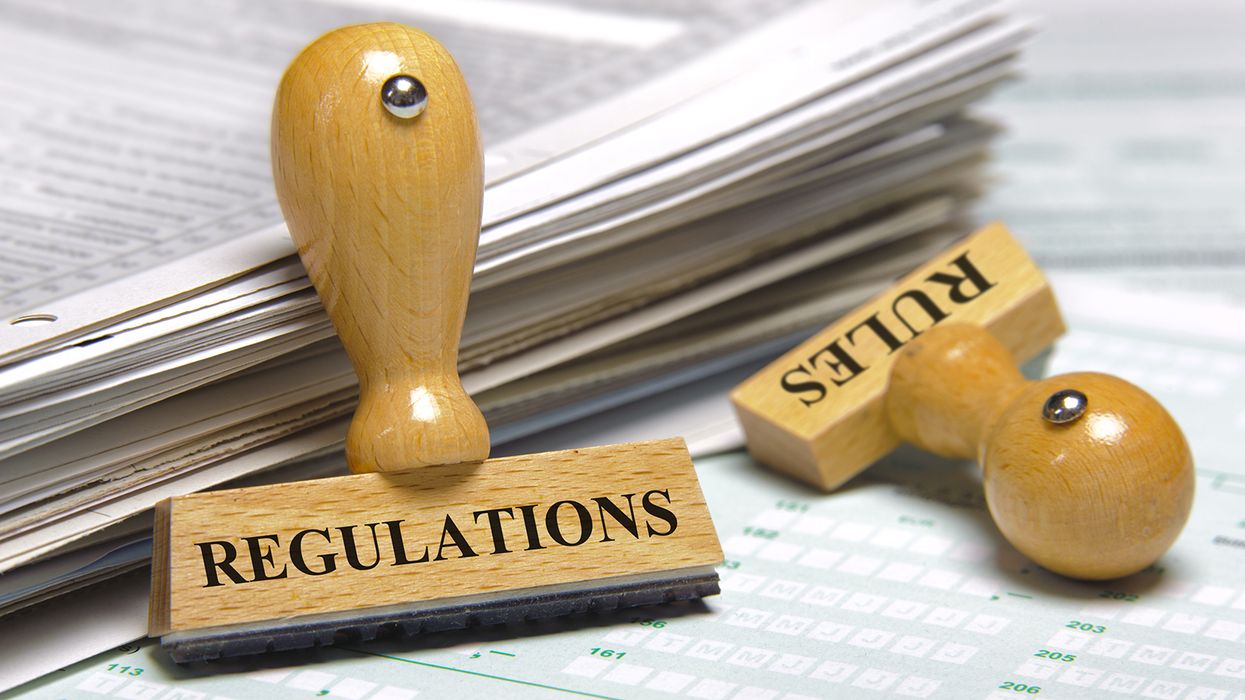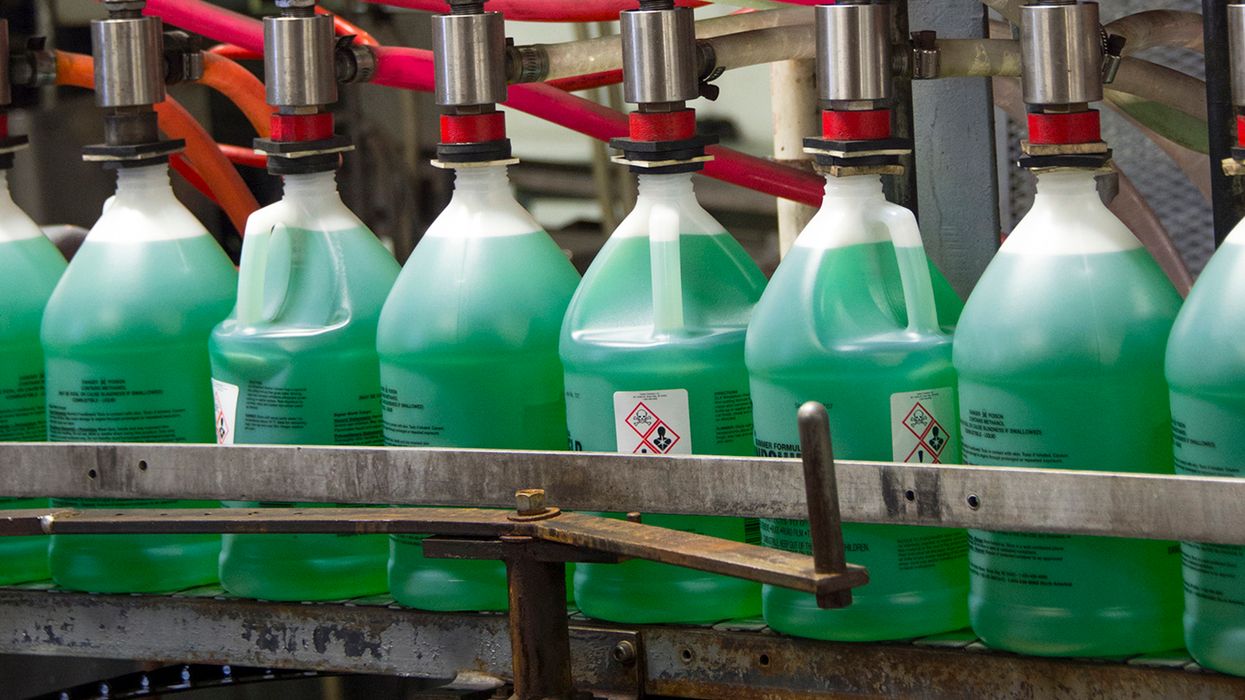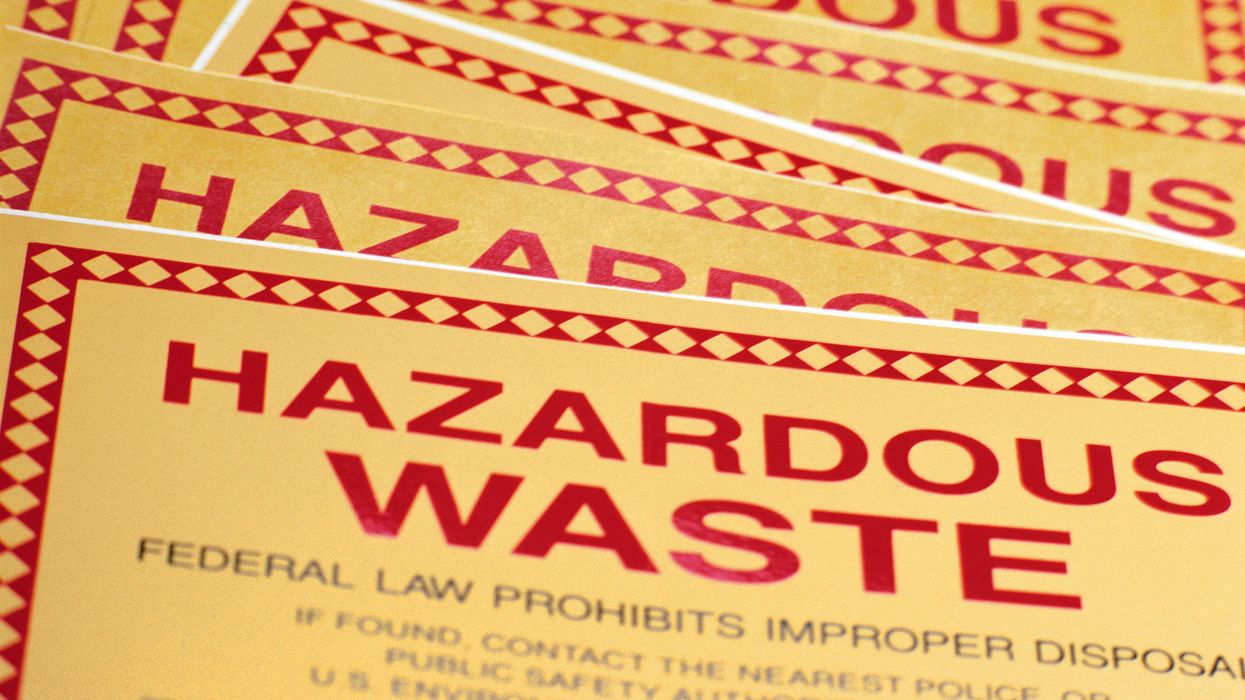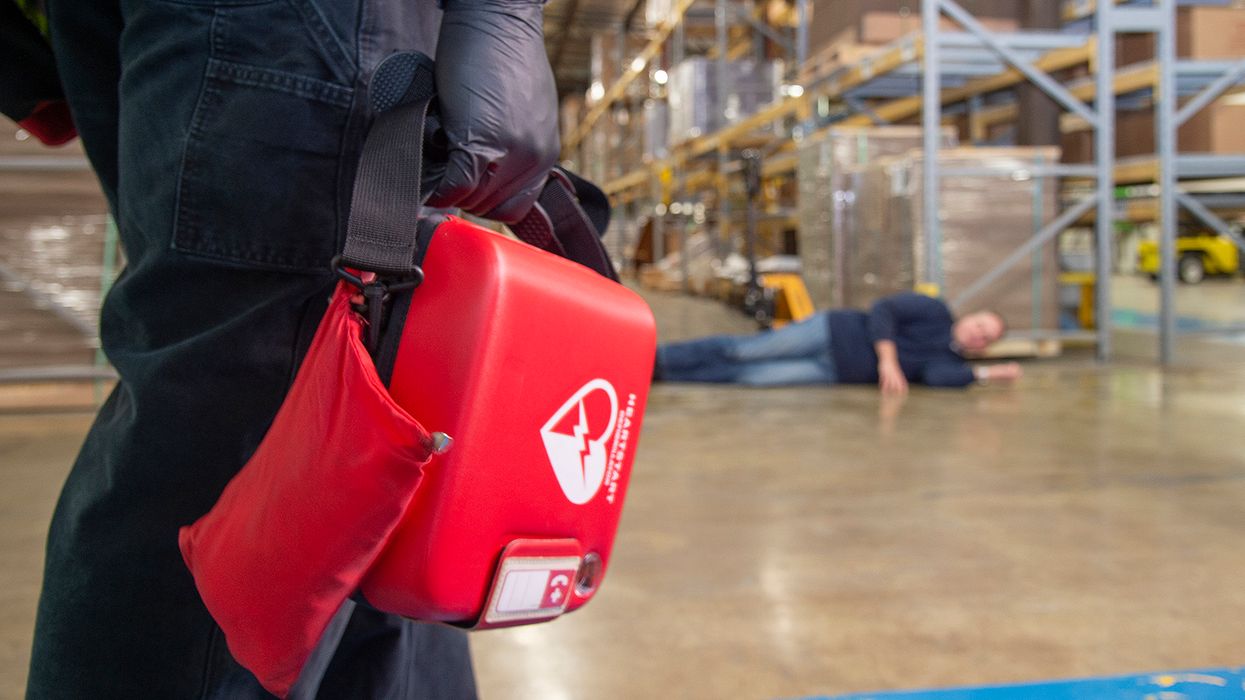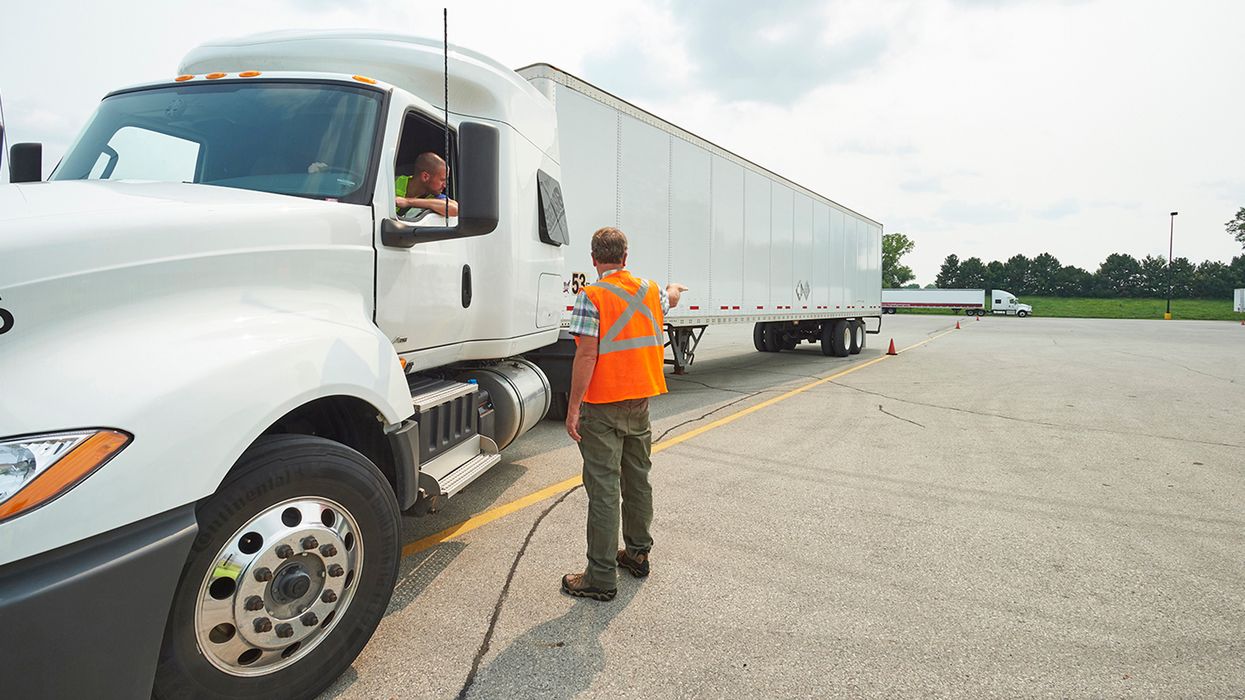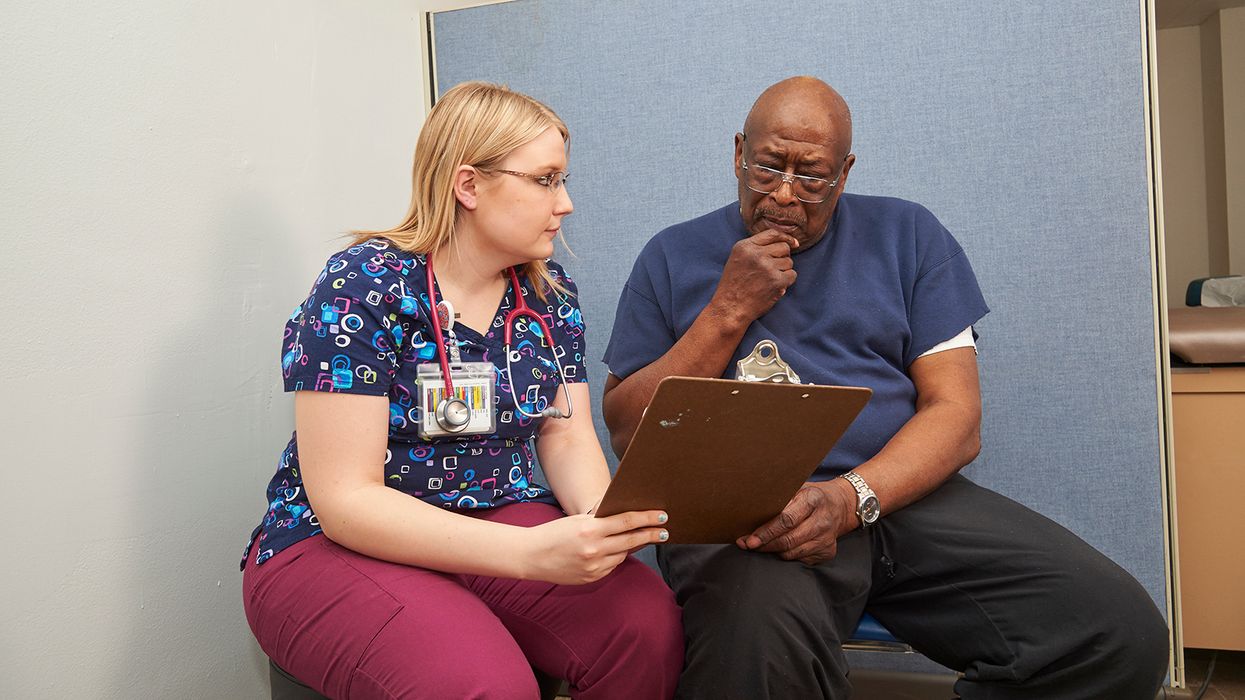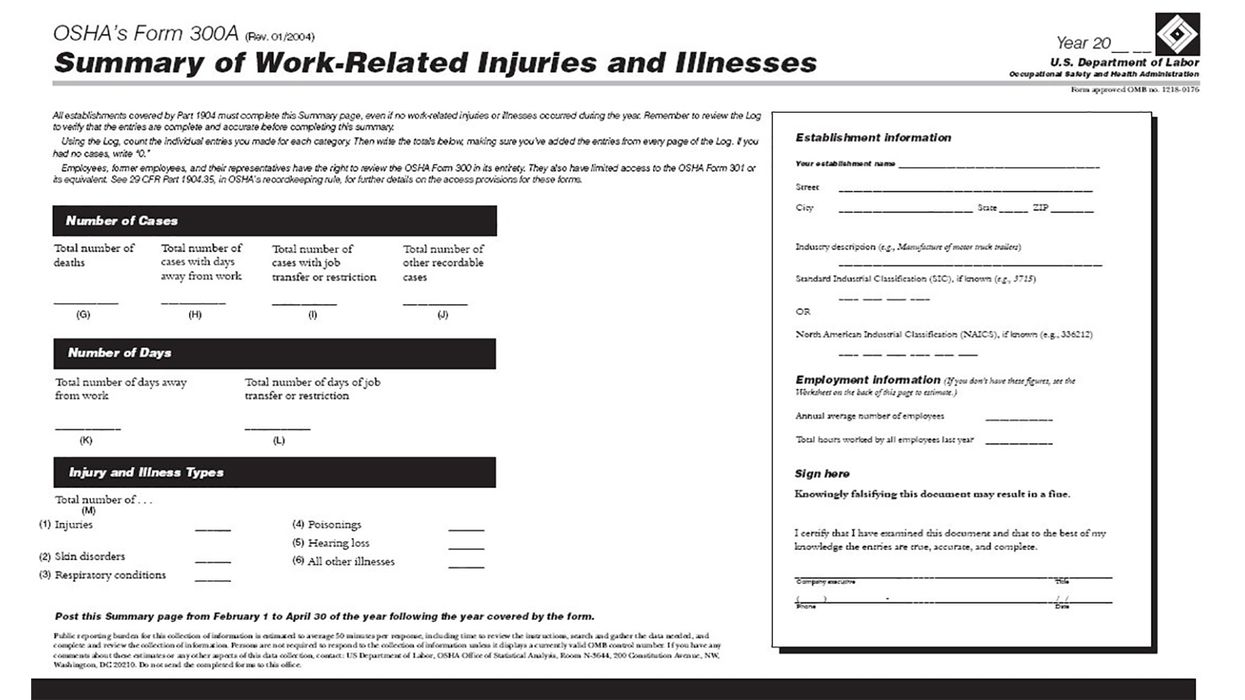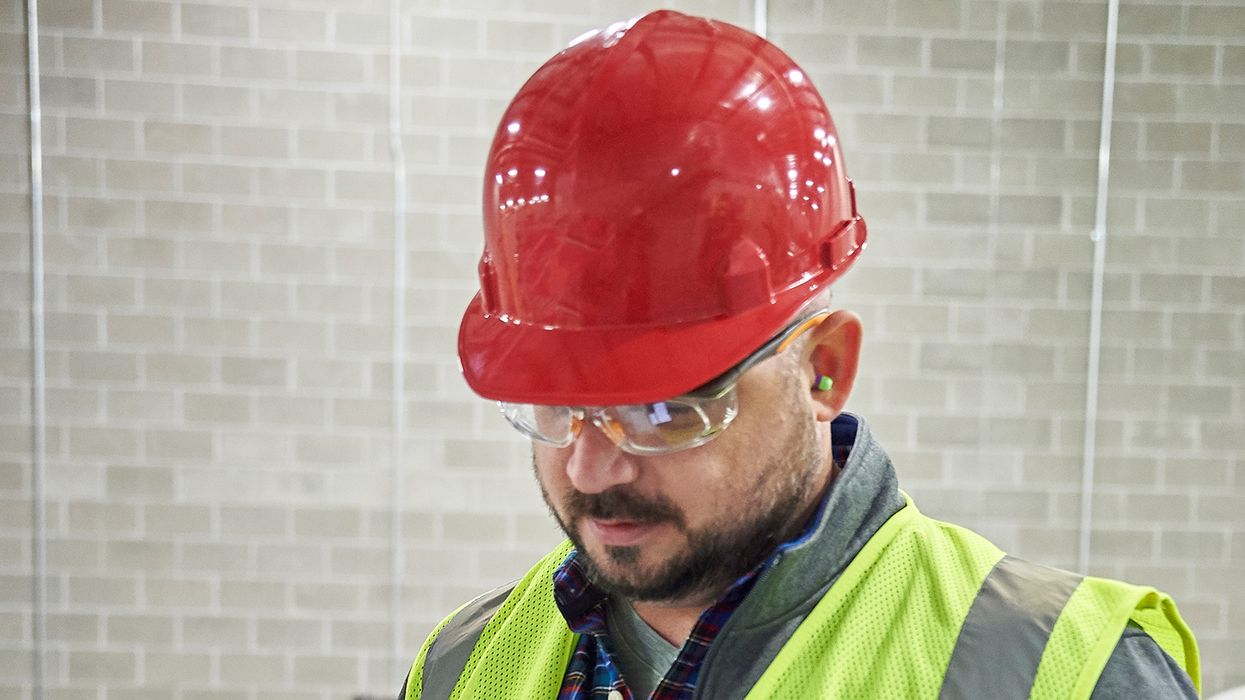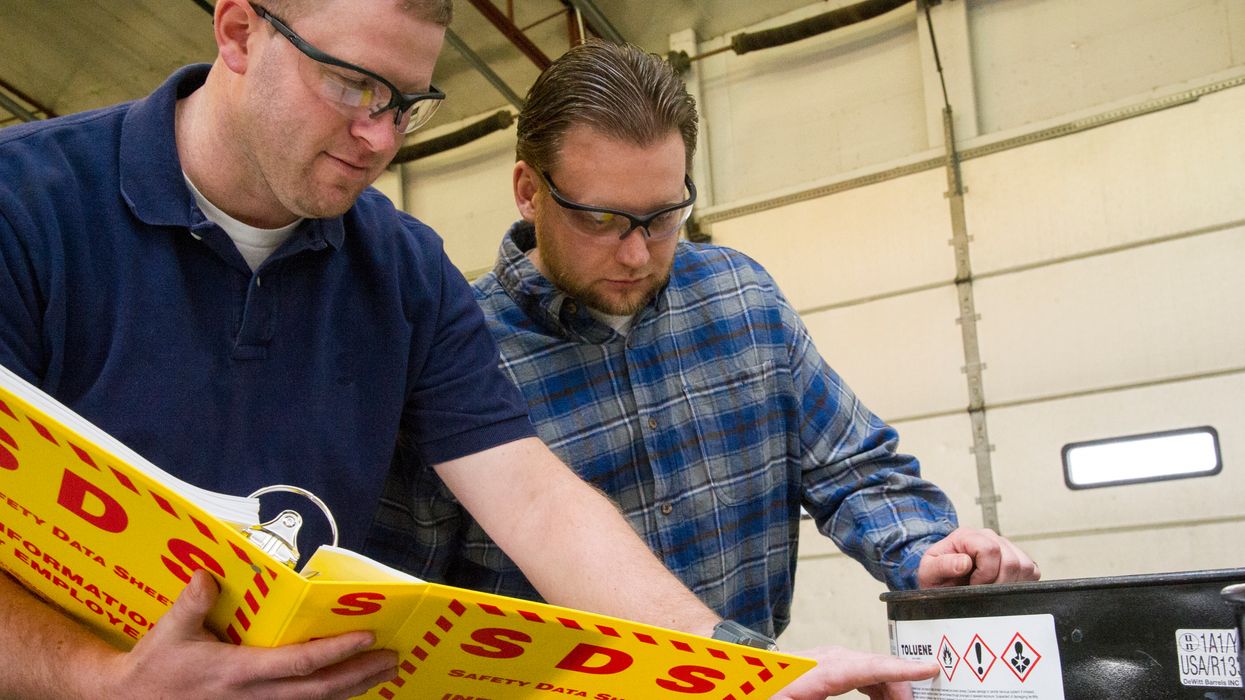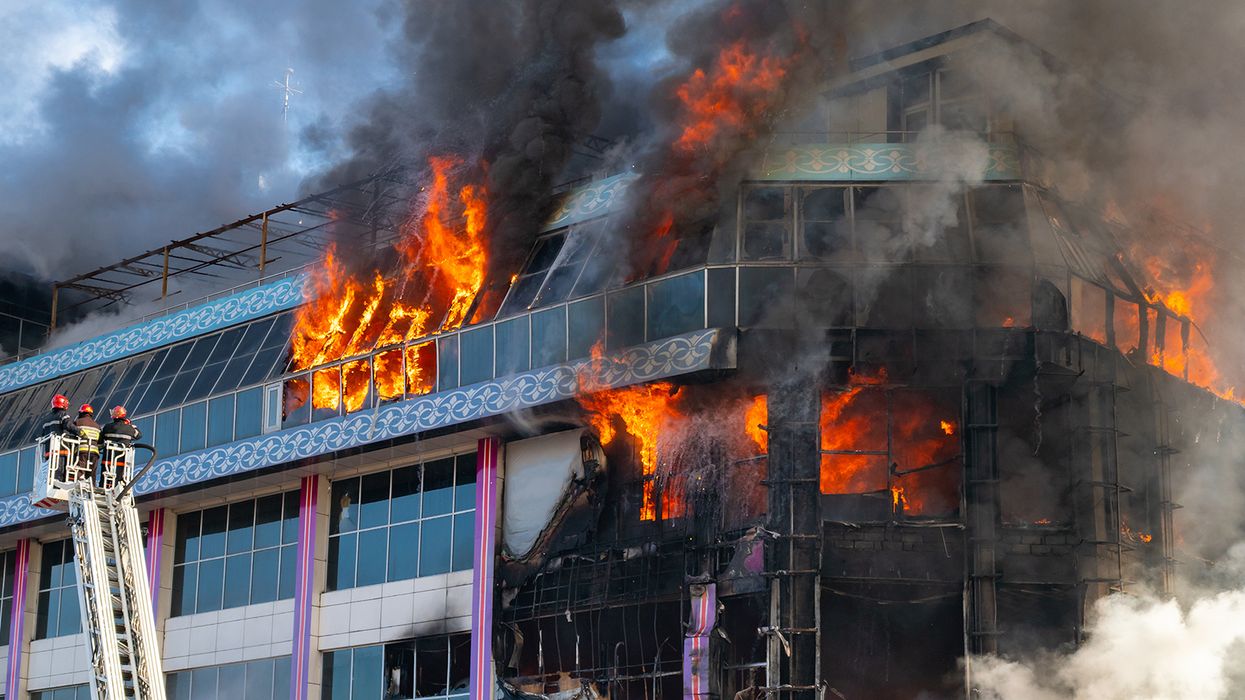Safety professionals say training, evaluating workers is a top concern
Training and evaluating workers is a top concern of nearly 60 percent of safety professionals who responded to J. J. Keller & Associates, Inc., environmental health and safety (EH&S) benchmark study in late 2024. The study sought to understand the state of the industry and the challenges faced by EH&S professionals. It was open to all individuals with responsibilities falling under the umbrella of EH&S, and nearly 980 completed the survey.
Respondents told us the greatest training-related challenges they face are:
- Tracking and managing employee training,
- Keeping up with changing regulations and requirements for training, and
- Ensuring employees apply what they’ve learned in training and maintain compliance.
How can safety professionals meet those challenges?
Tracking and managing employee training
Before delving into training, conduct a hazard assessment to determine what training employees need. Do they work with hazardous chemicals? Perform maintenance on machinery or equipment? Once you identify what hazards employees are exposed to, look at OSHA and state-plan requirements, if applicable. The regulations detail what must be covered in training and the frequency of training.
Define objectives to ensure employees have the skills and competencies they need to do their jobs safely. That way, each training session will be valuable, rather than just fulfilling a requirement. Even if so-called “canned” training materials are used, make sure to incorporate your own objectives. What do you want learners to take back to their jobs? Explain how the training applies to your workplace.
Choose a tracking method. This could be as simple as maintaining a spreadsheet or having employees sign into a training session, or it can involve digital solutions like Learning Management Systems or specialized training tracking software. Make note of the frequency of training required, whether it’s annual, refresher, or as needed.
Keeping up with changing regulations and training requirements
While OSHA has numerous training requirements in 29 CFR 1910 (general industry) and 1926 (construction), training on a particular topic depends on what hazards employees are exposed to.
For example, if employees are exposed to hazardous chemicals, they need training under 1910.1200, Hazard Communication. A look at the regulation shows that there’s no annual training requirement and that refresher training is required when a new chemical hazard is introduced.
While it’s a best practice to conduct annual training, not all regulations require it; if this is the case, you may not need to conduct your entire training program annually. Instead, consider toolbox talks or other brief safety meetings at the start of the shift that highlight a specific topic.
To keep up with regulatory changes, set a reminder to periodically visit state and federal regulatory agency websites and follow them on social media. Most have an active social media platform to keep the public informed. Join industry associations and your local safety council. These groups host meetings and events that provide regulatory updates and best practices.
Ensuring employees apply what they’ve learned
Survey respondents told us that ensuring employees actually use the tools and apply the practices learned in training is a critical factor for success. Some employees are resistant to change, and it can be challenging to get them on board with new procedures or practices.
Delayed evaluation, or follow-up evaluation, is one of the best ways to assess what employees learned and whether your training course met its objectives. You can follow up with learners to assess learning transfer after they’ve had time to go back to their workplace and apply what they’ve learned. The timing of your delayed evaluation should be based on your program resources, the specific topic of the training, and learners’ capacity to apply what they learned in the workplace.
For some trainings, it might also be appropriate to follow up with learners’ supervisors. Supervisors are in a good position to observe a worker’s performance – both before and after the training – and to note improvements or changes. After training, walk around your facility and see whether employees are doing what they’re supposed to be doing. Make a point of praising workers who are working safely and applying what they learned. If they’re not applying the training, find out why – does the personal protective equipment fit properly? Is there an ergonomic issue? Did workers understand the training as it was presented?
Key to remember: To address the top training challenges faced by EH&S professionals, determine training needs and requirements, define your training objectives, and follow up with employees to observe whether they’re applying what they learned.

